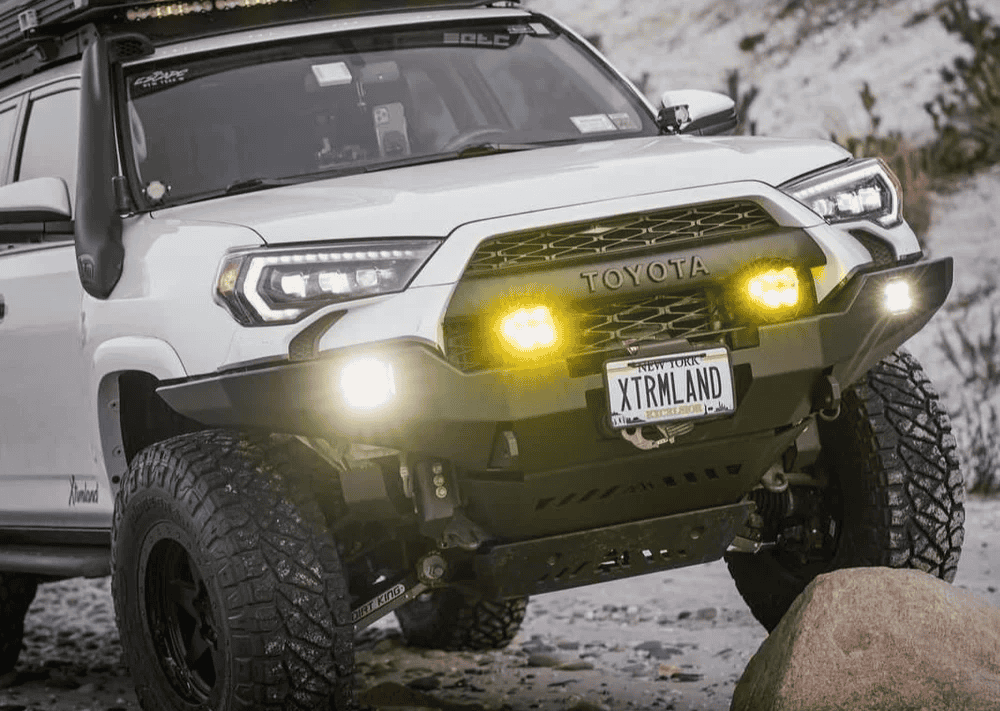Overland Vehicles

A solar charge controller upgrade becomes essential when your system grows or your travel patterns change. If you added panels, switched from AGM to lithium, or noticed slow recoveries after cloudy days, the controller may be the bottleneck. Older or entry PWM units leave power on the table because they match panel voltage to battery voltage rather than tracking the sweet spot. MPPT units convert higher array voltage down to battery voltage while increasing current, which boosts harvest in cold temperatures and under partial shade. Upgrading also improves safety by aligning fusing, wire sizes, and temperature limits with real world loads.
The first decision is PWM versus MPPT. PWM is simple and can work for small systems with matched panel and battery voltages. MPPT shines when array voltage is higher than battery voltage, when panels are in series, or when temperatures swing. Van and overland platforms usually benefit from MPPT because roof space is limited and every watt matters. Next, match controller input limits to your array. Check two ceilings: maximum PV voltage and maximum PV current. Temperature matters because open circuit voltage rises in the cold, so apply the panel VOC at the lowest expected temperature. Current is bounded by the short circuit current multiplied by design factors from the datasheet.
Start with array VOC in worst case cold. Confirm it stays below the controller’s maximum PV voltage. Then calculate array current at maximum power, using panel IMP times string count in parallel, and verify it stays under the controller input current. On the output side, the controller must handle charge current needed by your battery bank. A fast rule of thumb for lithium is 0.2 to 0.5 C depending on the battery’s BMS and manufacturer guidance. Finally, consider wire gauge to keep voltage drop under about three percent between array and controller.
Safety begins with isolation. Use an array side disconnect and a battery side breaker so you can commission the controller without live surprises. Bond grounds properly, add fuses sized to wire ampacity, and protect parallel strings individually when required. Keep cable runs short and tidy to reduce interference and drop. Place the controller where it can shed heat, not in a sealed cabinet next to the heater. After wiring, update firmware, set battery chemistry, absorption voltage, absorption time or end amps, float voltage, and low temperature cutoff behavior.
Lithium iron phosphate prefers a higher consistent absorption voltage and does not need a long float. Many owners disable float or set it low to reduce top of charge dwell. AGM requires more traditional absorption and float stages with temperature compensation. Confirm the temperature sensor is attached where the battery manufacturer recommends.
Your controller is part of a larger charging ecosystem that might include alternator charging and shore power. Coordinate voltage setpoints so the devices complement each other rather than fighting. A shunt based monitor lets you verify daily harvest, track trends, and catch hidden losses like shading from roof accessories. Run a simple acceptance test after the upgrade: log array voltage and current at midday, verify controller output aligns with expected battery charging limits, and check for heat buildup at lugs and breakers after sustained charging.
From Plan To Power In The Real World If your build leans toward remote routes with limited shore access, a properly sized MPPT is a force multiplier. Series wiring helps in low light by raising voltage, while parallel wiring can reduce shading impact. Many mobile rigs use a hybrid layout that balances both. The smartest upgrade pairs a right sized controller with realistic panel placement, clean cable routing, and settings matched to your battery’s BMS profile.
Looking for professional execution that ties solar, alternator, and storage into one reliable package? Explore our overland rigs to see how complete systems perform on the road. For focused electrical improvements inside an existing build, our custom overland upfit services align hardware, protection, and programming into a single, tested solution. Curious how we work and what to expect at handoff, including on site orientation at Adventure Point in Fayetteville, Arkansas? Learn more at why choose OZK customs.
Make The Move To Better Charging Share your system details and goals, and we will translate them into a charge plan that is safe, efficient, and tuned for your travel style. We design and install full electrical packages or targeted upgrades that include MPPT controllers, fusing, and monitoring, validated under load before you drive away. OZK Customs builds for real use in real places, so you can spend less time watching percentages and more time chasing horizon lines.
More From OZK Customs:
Ready for faster charging and safer power? Tell us about your panels, batteries, and travel style. OZK Customs will spec, install, and validate a complete charging system that fits your rig and your routes. Submit the form to start your upgrade.
ADDRESS:
6159 E Huntsville Rd, Fayetteville, AR 72701
PHONE:
(479) 326-9200
EMAIL:
info@ozkvans.com